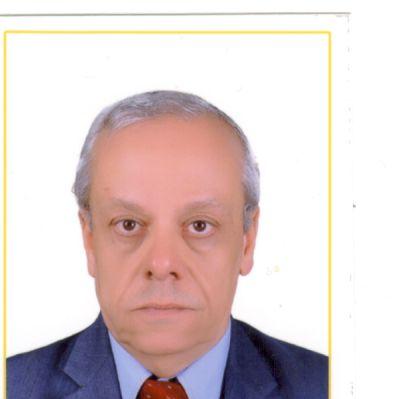Background: Normal spermatogenesis is under the control of both the immune and endocrine systems.
Objective: To examine the types, distributions, and numbers of immune cells in testes of azoospermic men.
Materials and Methods: Testicular biopsies were obtained from 31 azoospermic men showing normal spennatogenesis (n = 10), germ cell arrest (GA, n = 12) and Sertoli Cell Only Syndrome (SCO, n = 9). The tissue sections were stained with routine (H&E), special stains (connective tissue fiber stains, periodic acid schiff's (PAS) technique and, aldehyde fuchsin stain) and immunoperoxidase stains (using monoclonal antibodies; CD20 for B, CD3 for T lymphocytes and CD68 for macrophages). Follicle stimulating hormone (FSH) Lutenizing hormone (LH) and Testosterone levels were also examined.
Results: The histological examination showed that in normal spermatogenesis the seminiferous tubules (ST) are surrounded with few fine collagen fibers and numerous fine reticular and elastic fibers. The basement membrane shows moderate PAS reactivity. In abnormal sperrnatogenesis; GA and SCO, the density of collagen and reticular fibers increased while that of elastic type decreased. This was accompanied with increased thickening of the basement membranes with high PAS reactivity. These changes were more pronounced in SCO than GA. Hormonal profiles were unremarkable in the all patients. The immune (B, T lymphocytes and CD68 macrophages) and mast cells were found in the interstitium, tubular walls, and lumens of the all testes analyzed. The differential counts of these cells (T, B lymphocytes, CD68 macrophages and mast cells respectively) were higher in SCO (1.66±0.46, 9.14±1.30, 2.26±1.68, 3.35±0.23) and GA (2.03±0.48,
4.70±1.00,2.61±0.70, and 4.18±0.13) when compared to those in normal sperrnatogenesis (1.22±0.19,5.41±0.58,1.55±0.33, and 2.26±0.13). The differences among these categories were not statistically significant for T cells and macrophages (p= 0.24 and 0.54 respectively). Alternatively, these differences were statistically significant for B-lymphocytes and mast cells (p= 0.03 and 0.0001 respectively).
Conclusions: Abnormal spermatogenesis is associated with increased deposition of collagen and reticular fibers resulting in peritubular fibrosis and increased numbers of the immune and mast cells. These findings may reflect vigorous immune response in these cases..


